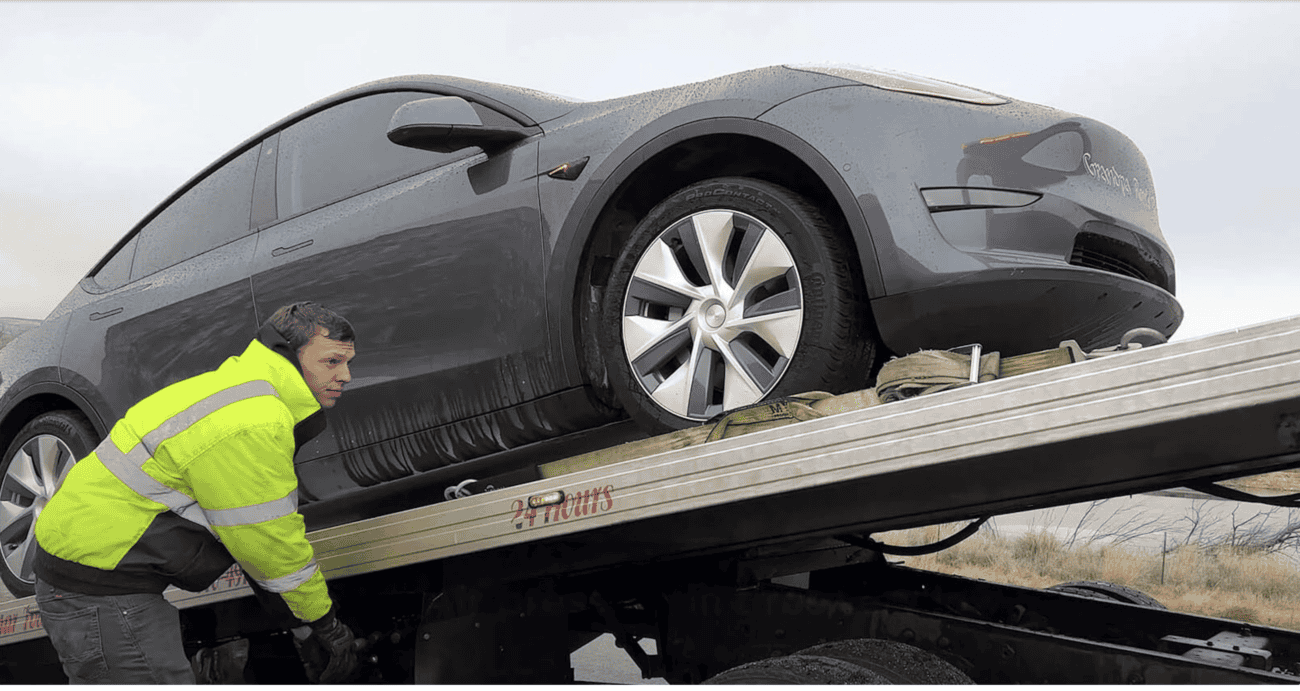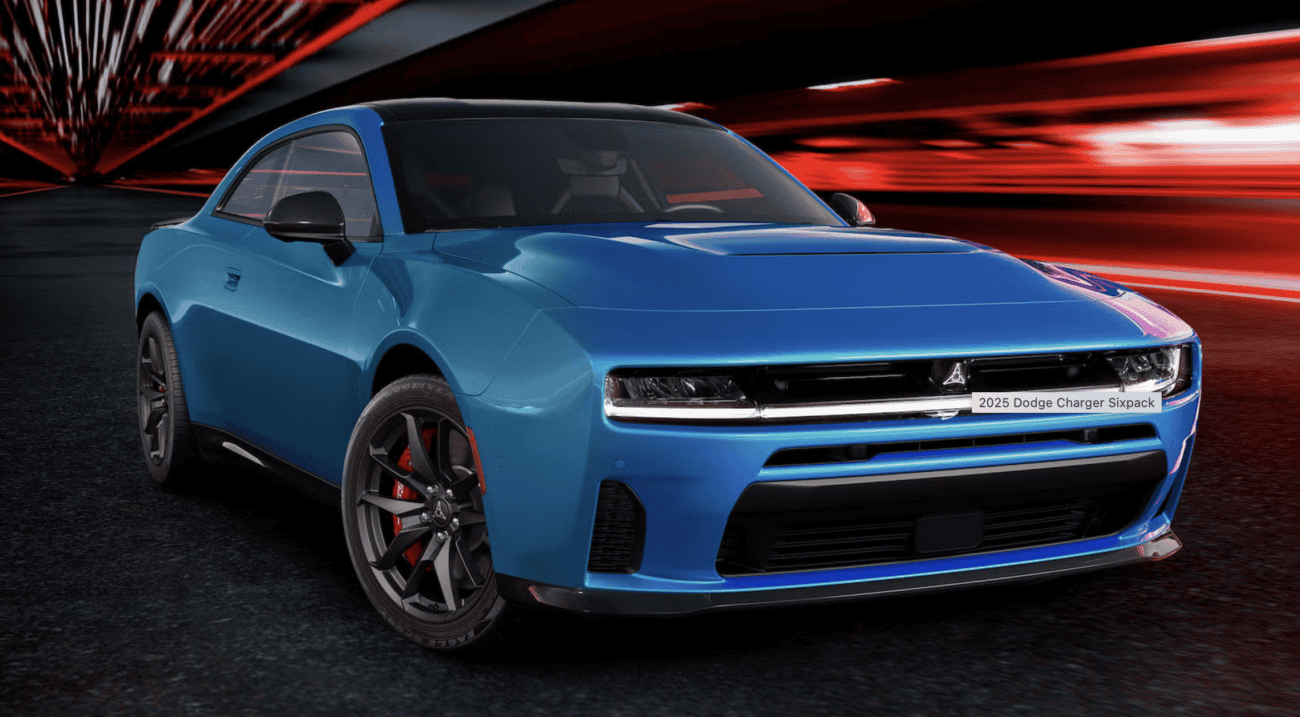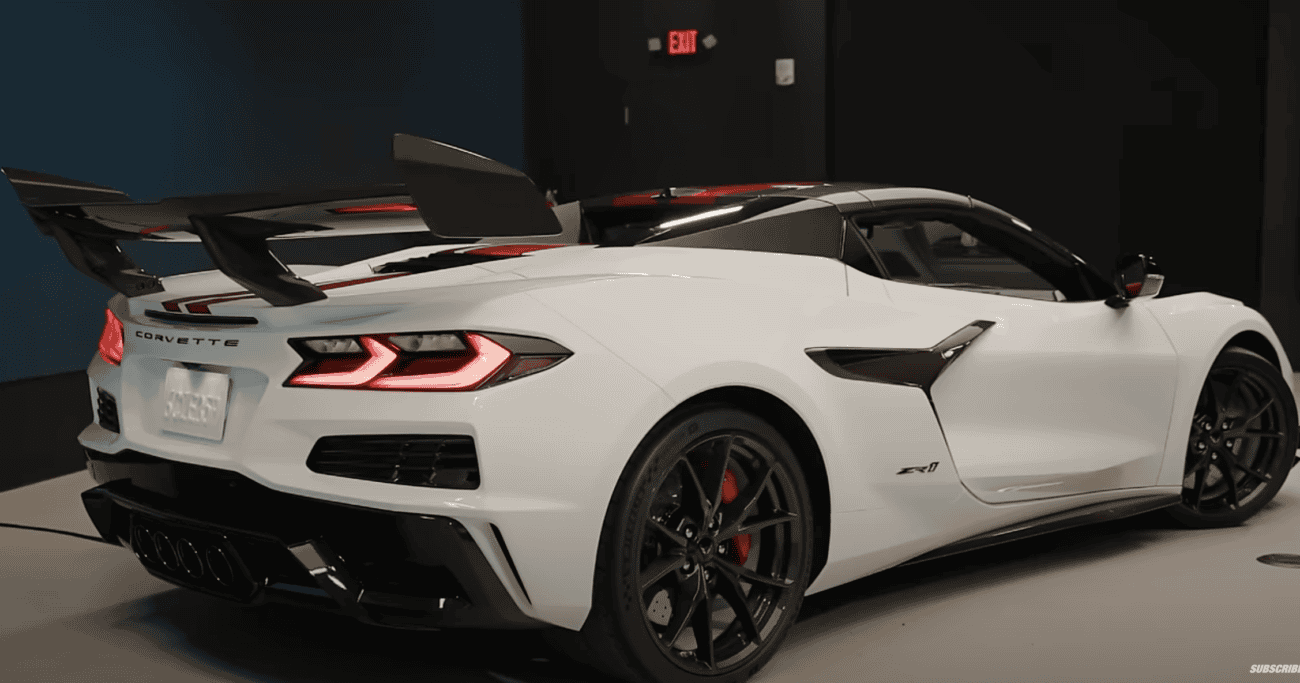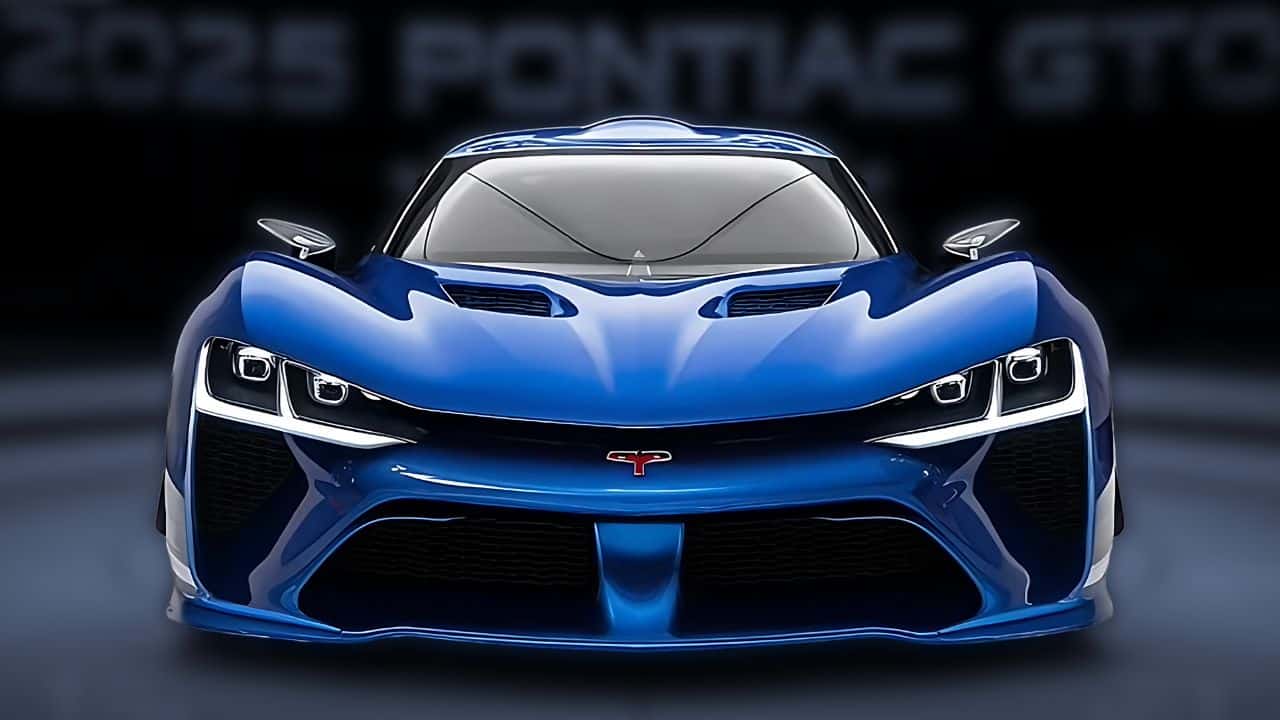Blog
13
Feb
12
Dec
why are Evs are Hard on tires?
why are Evs are Hard on tires? =or is it just a rumor To prevent premature tire wear, regular maintenance is essential. EV owners should ensure that their vehicles undergo routine tire rotations, alignments
14
Nov
NIssan Is in deep trouble
The company has issued multiple profit warnings in recent years, signaling a sharp decline in profitability. In fact, Nissan’s net income has been in freefall.
10
Oct
The 2024 Mercedes C63 AMG
The 2024 Mercedes C63 AMG is set to redefine what drivers expect from a luxury performance sedan.
20
Sep
10 Things About The Ford Mustang GTD
The Ford Mustang GTD is one of the most iconic muscle cars in automotive history.
23
Aug
Unveiling the 2025 Dodge Charger EV
Unveiling the 2025 Dodge Charger EV
The automotive world is abuzz with excitement as Dodge unveils the highly anticipated 2025 Charger EV, ...
16
Aug
GM’s New V8 Engine
Introducing GM’s New V8 Engine: Revolutionizing Power and Efficiency
Meet the new generation of GM’s V8 engine
In the automotive world, G...
26
Jul
The New Corvette zr1
The New Corvette ZR1: A Comprehensive Review of the 2024 Powerhouse
The Chevrolet Corvette ZR1 has long been synonymous with American perfo...
05
Jul
The 2025 Pontiac GTO
This article delves deep into what makes the 2025 Pontiac GTO a standout in its class
19
Jun
What causes tire noise? TIRE 101
Tire noise can be a significant concern for many drivers, affecting the overall driving experience.Understanding what causes tire noise is e...









